Ras El Hanout Spice: The Royal Mix That Rules Your Kitchen
Table of Contents
- Introduction: What Exactly Is Ras El Hanout?
- The Roots: Where Did This Magical Powder Come From?
- What’s Inside the Bottle? A Peek into Its Mysterious Makeup
- 5 Game-Changing Tips for Using Ras El Hanout Like a Pro
- How to Cook with Ras El Hanout: From Meat to Veggies and Beyond
- Buy or DIY? How to Choose Your Ras El Hanout Style
- Common Myths About Ras El Hanout—Busted!
- Beyond Flavor: Ras El Hanout in Culture and Tradition
- Final Wrap-Up: Why You Need This Spice in Your Life
Introduction: What Exactly Is Ras El Hanout?
You’ve probably seen it on a spice rack, whispered about like it's some secret potion by chefs with beards and aprons stained with mystery. Ras El Hanout — sounds like a villain from a Moroccan fantasy epic, right? But in reality, it’s one of the most legendary spice blends from North Africa that can transform your cooking from “meh” to “mon dieu!” in seconds.
The name itself means “top of the shop” in Arabic — a fancy way of saying this blend is so good, it was literally the crown jewel of the spice merchant’s stall. And while every family, region, or spice vendor has their own closely guarded version, one thing’s for sure: Ras El Hanout is not just one spice. It’s an all-star team of warm, earthy, floral, and sometimes even mysterious spices coming together to throw a flavor party in your mouth.
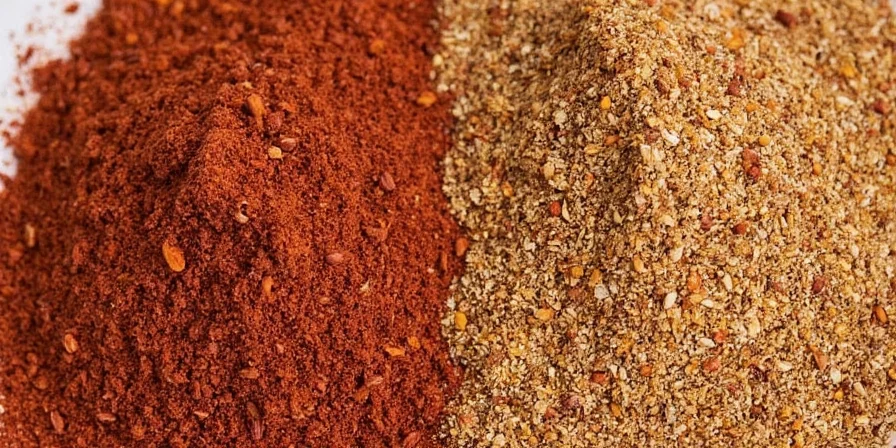
The Roots: Where Did This Magical Powder Come From?
Ras El Hanout isn’t just a random jumble of spices thrown into a bag before Friday night tacos. It has deep historical roots in Morocco and other parts of North Africa. Traditionally, spice merchants would create unique blends using their best spices of the season — the top shelf stuff — hence the name. Some families still pass down their special versions through generations like precious heirlooms.
In many ways, Ras El Hanout is more than a seasoning; it’s a culinary tradition. Used in everything from tagines to couscous to stews, this blend has been flavoring meals for centuries. In some regions, it was considered fit for royalty — no pressure if you're planning to use it on your grilled chicken tonight.
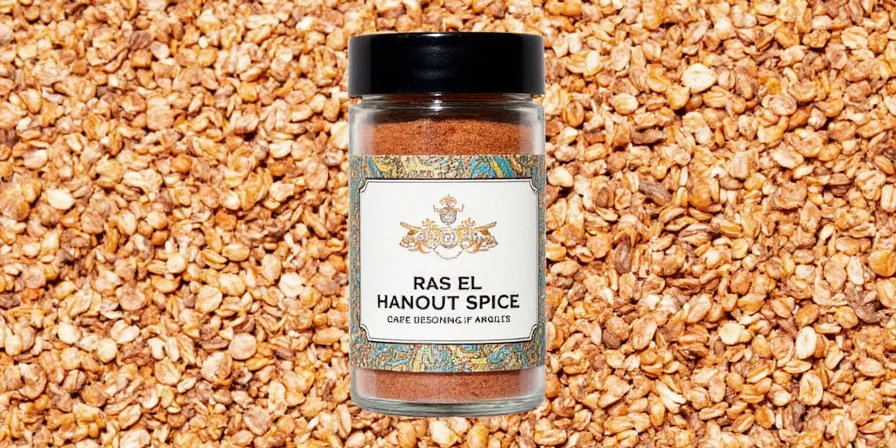
What’s Inside the Bottle? A Peek into Its Mysterious Makeup
If you’re imagining a secret vault where ancient spice alchemists mix Ras El Hanout under candlelight, you’re not entirely wrong. The exact composition varies widely depending on who’s making it, but here’s a typical breakdown of what might be lurking inside:
- Cumin
- Coriander
- Paprika
- Cinnamon
- Nutmeg
- Allspice
- Ginger
- Black pepper
- Cardamom
- Turmeric
- Chili powder (optional)
- Dried rose petals (yes, really!)
Some super traditional or artisanal versions might include up to 30 different spices — including some you wouldn't normally find outside of a Middle Eastern souk. Think cloves, mace, dried fennel seeds, and yes… even a pinch of saffron if you’re feeling fancy.
| Common Ingredients | Flavor Profile | Function in Blend |
|---|---|---|
| Cumin | Earthy, nutty, slightly bitter | Base layer of warmth |
| Coriander | Citrusy, floral | Brightens the blend |
| Paprika | Sweet, smoky | Color & mild heat |
| Cinnamon | Woody, sweet, aromatic | Complex sweetness |
| Cardamom | Fragrant, citrusy, spicy | Lifts the whole blend |
| Turmeric | Earth, warmth, color | Vibrant color + depth |
5 Game-Changing Tips for Using Ras El Hanout Like a Pro
You don’t need to be a chef to make Ras El Hanout work for you. But with a few tricks, you can go from kitchen rookie to flavor wizard in no time. Here are five handy hacks:
- Toast it first: Don’t skip the toasting step! Lightly dry-frying the spice blend in a pan brings out its aromatics and intensifies the flavors. Just watch it closely — we don’t want it going from magical to burnt toast.
- Mix with oil: Combine Ras El Hanout with olive oil or another fat before applying to meat or veggies. This helps the spices adhere better and infuse deeper into the food.
- Use it in moderation: Ras El Hanout is potent. Start with a little — you can always add more, but you can’t take it back once it’s in.
- Let it rest: If you’re marinating meat or making a stew, give the Ras El Hanout time to mingle with the ingredients. Overnight = extra flavor.
- Try it in unexpected places: It’s not just for lamb tagines. Try sprinkling a bit in hummus, popcorn, roasted chickpeas, or even scrambled eggs for a twist.

How to Cook with Ras El Hanout: From Meat to Veggies and Beyond
Ras El Hanout plays well with many kinds of dishes. Let’s explore how you can use it across your meals like a culinary rockstar:
- Lamb Tagine: The classic combo. Rub lamb shoulder with Ras El Hanout, garlic, olive oil, and slow-cook until fall-apart tender. Serve over couscous with apricots or olives.
- Grilled Chicken: Mix Ras El Hanout with lemon juice, olive oil, and a touch of honey. Marinate chicken thighs for at least 4 hours and grill to perfection.
- Roasted Vegetables: Toss carrots, cauliflower, and sweet potatoes with Ras El Hanout, cumin, salt, and olive oil. Roast until golden and caramelized. Magic!
- Chickpea Stew: Sauté onions, garlic, and tomatoes, then stir in Ras El Hanout and a can of chickpeas. Simmer and serve over rice or with warm flatbread.
- Popcorn: Yep. Toss freshly popped popcorn with melted butter and a light sprinkle of Ras El Hanout. It’s like movie night got upgraded to Marrakech.

Buy or DIY? How to Choose Your Ras El Hanout Style
You’ve got options! You can buy pre-mixed Ras El Hanout at most specialty stores or online — and trust us, some blends are seriously top-notch. But if you're feeling adventurous, making your own allows you to tweak the flavor to suit your taste buds.
Here’s a quick comparison:
| Factor | Pre-Made Ras El Hanout | DIY Ras El Hanout |
|---|---|---|
| Convenience | ✅ Easy & ready-to-use | 🛠 Requires time & effort |
| Customization | ❌ Limited | ✅ Full control over spices |
| Cost | 💰 Varies (sometimes expensive) | 💸 Often cheaper in bulk |
| Flavor Depth | 🤔 Can be generic | 🔥 Richer, personalized flavor |
| Availability | 🛒 Easily found | 🛒 Requires sourcing individual spices |
Common Myths About Ras El Hanout—Busted!
Like any legend, Ras El Hanout comes with its fair share of myths. Let’s separate fact from fiction:
- Myth: It’s super spicy.
Fact: Not necessarily! While some versions have chili, most are warm and aromatic rather than fiery hot. - Myth: Only Moroccans should use it.
Fact: Please. Spices don’t care about passports. Use it anywhere, anytime! - Myth: You need to be an expert to cook with it.
Fact: No way! Just sprinkle a little, taste, and adjust. You’ll get it right in no time. - Myth: All Ras El Hanout blends are the same.
Fact: Nope. Each blend is like a fingerprint — totally unique. - Myth: It only goes with meat.
Fact: Wrong again! Vegetarians rejoice — it works wonders on legumes and veggies too.
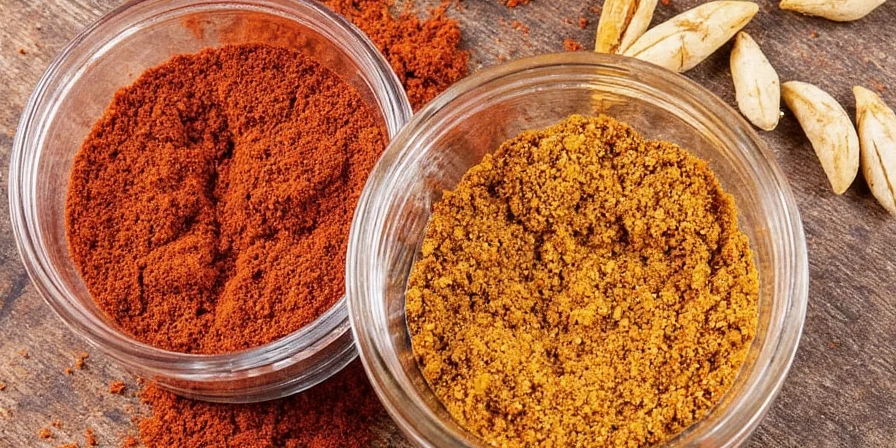
Beyond Flavor: Ras El Hanout in Culture and Tradition
Ras El Hanout isn’t just about food — it’s woven into the cultural fabric of North African life. In Morocco, weddings and festivals often feature dishes seasoned with this prized spice blend as a sign of hospitality and celebration. Some say it was used in royal kitchens to impress visiting dignitaries.
In certain traditions, the head spice merchant (or “master blender”) was responsible for creating the perfect batch each season, often keeping the formula secret to protect their business reputation. Even today, local markets proudly display their signature blends, and travelers bring them home like culinary trophies.
So next time you reach for that jar of Ras El Hanout, remember — you’re not just adding flavor. You’re stirring in centuries of history, culture, and craftsmanship.
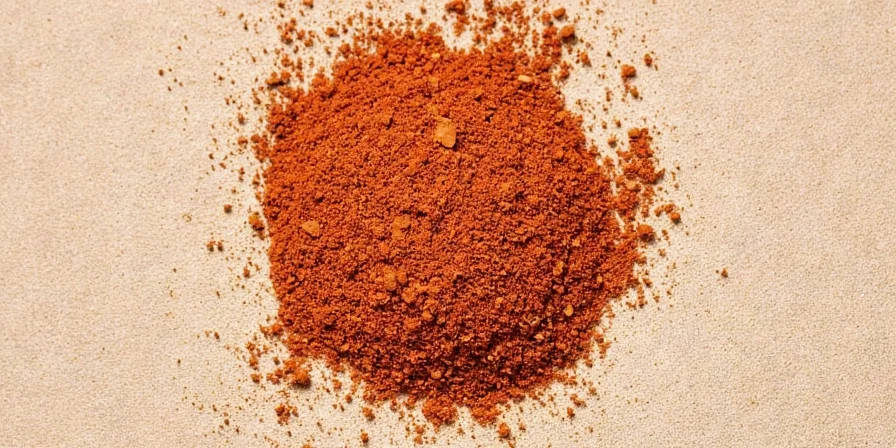
Final Wrap-Up: Why You Need This Spice in Your Life
Ras El Hanout is more than a spice — it’s a flavor experience, a cultural icon, and a kitchen staple waiting to elevate your meals. Whether you’re roasting veggies, grilling chicken, or just trying to make your Tuesday dinner less boring, this blend deserves a spot in your pantry.
Remember, you don’t need a PhD in flavor science to enjoy it. Just a willingness to experiment, a dash of curiosity, and maybe a napkin nearby in case things get messy.
So go ahead — open that jar, take a sniff, and let the aroma transport you straight to the heart of North Africa. Your taste buds will thank you. And hey, your next dinner party might just become legendary.
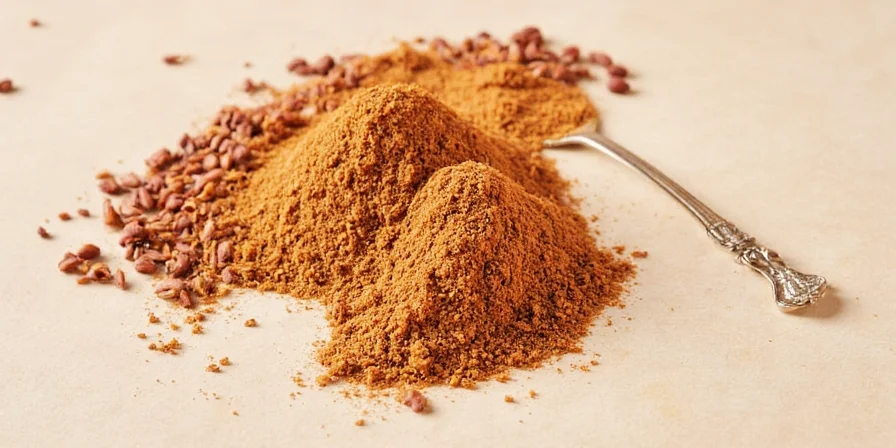

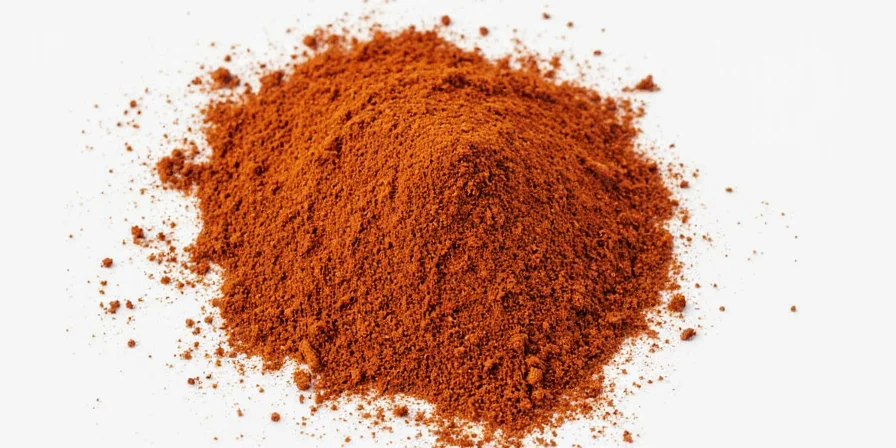









 浙公网安备
33010002000092号
浙公网安备
33010002000092号 浙B2-20120091-4
浙B2-20120091-4